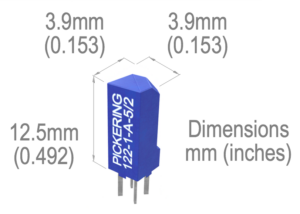Pickering Reed Relays – 20W at 4 mm x 4 mm
Reed relays have never been known for high power switching, in fact, high carry currents can seriously affect switch life and reliability due to the very use of reed switches. On the other hand, reed switches allow for very efficient spatial distribution, taking up minuscule amounts of surface area on your board.
One of the first impressions we’ve had upon opening the samples that Pickering sent us is the extremely neat and tidy packing. Each set of relays came in its own tiny plastic box with clear windows, complete with a protective layer of sponge and a satisfying “click” when opened and closed. Nothing important for the tests, but a nice touch nevertheless. Pickering has also thrown in a really nice set of literature, including an 80-page product catalogue, along with a handy relay look-up chart and a brief relay theory overview booklet.
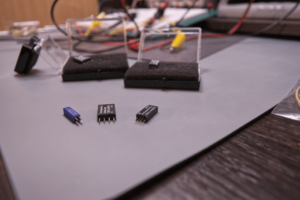
Pickering’s new 120 Series relays have an exceptionally small footprint, with 20 watts of switching power and 3, 5 or 12 Volt coils are the smallest relays of such performance on the market. With a 4mm by 4mm base, they are almost four times smaller than Pickering’s own 110 series.
The 110 Series have already offered an extremely compact relay solution with great performance. We also loved the fact that it is breadboard friendly and operable directly from TTL logic. This means that it can be directly incorporated into many existing prototypes without much preparation. The 110 Series and the 120 Series relays have very similar specifications in their datasheets, so we took them to the testing bench to see if any hidden differences lurk beneath.
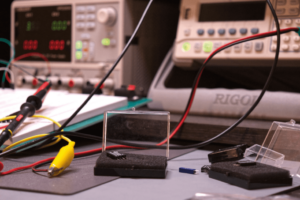
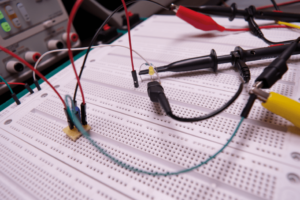
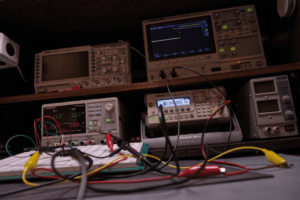
On our test bench, we’ve assembled a bare bones circuit for bench marking these, mostly looking at their bounce times and operating voltages. We’re quite impressed by their overall performance, in both cases conforming to the listed specs completely. Nevertheless, we found that the 120 series relays have a much more noticeable bounce upon making contact. Where the 110 series relays’ bounce is so subtle that it can easily be mistaken for ringing, the 120 series relays offer an almost textbook example of relay bounce, with unmistakable voltage dips lasting a few hundred microseconds. Another curiosity in this series is the tendency to bounce a lot more on certain frequencies, namely around 314Hz, and in the 610-670Hz range, while at certain other frequencies, the bounce almost completely disappears. This trait is much less noticeable in the 110 Series. As with all reed relays, these are almost completely silent, with a high-pitched, quiet hum emanating at frequencies above 50Hz, raising in pitch with the frequency.
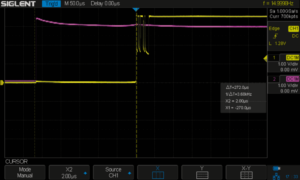
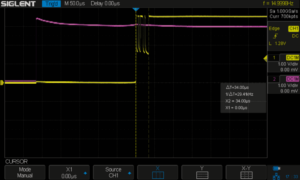
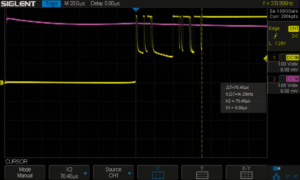
Pickering’s 120 Series is quite susceptible to external magnetic interference, starting with slowing down relay operation to completely jamming it open but having no trouble being tightly packed and operating next to each other. Pickering’s 110 Series is a little less prone to external magnetism, but with a strong magnetic source closer than 5cm from the device, the relay tends to lock up.
We’ve certainly liked these relays, as they offer great speed and minuscule bounce times with an extremely
small footprint, for uses where this precision matters and the carry currents and voltages are low.
More at: www.pickeringrelay.com


